What Plants to Grow in the Garden | Types of crops for gardens
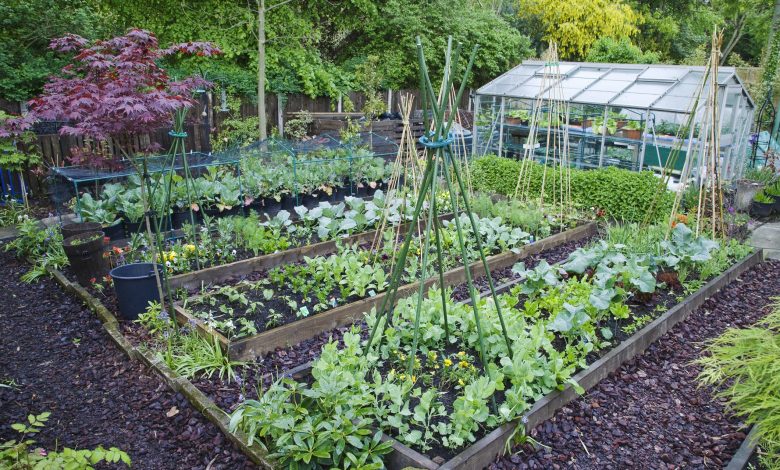
What kind of plants can be grown in a home garden? If you have decided to grow food plants or other useful crops and want to start a garden on a patio or in the garden at home, this may be one of the first questions that may arise.
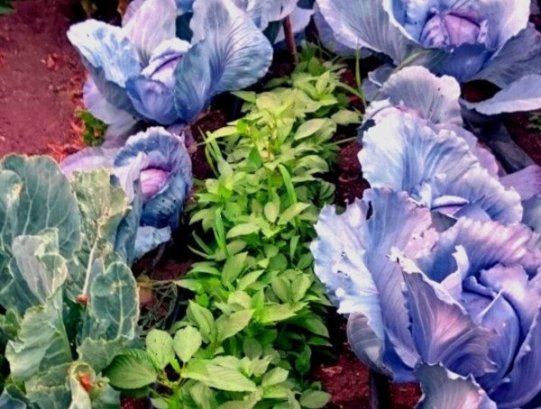
As in any new project, the first thing is to plan how and when we are going to do things.Planning the garden is essential so that later there are no more surprises than the inevitable ones…
To plan the garden, the first thing is to know what kind of plants can be planted. What are the best crops for the garden? And the easiest to pull off? What are beneficial plants in the garden? Let’s see it!
Types of plants for the garden What can be planted?
What plants can be planted in a garden? What are horticultural crops?
Horticultural crops are so called because they are the ones grown in «orchards.» Many times we identify only vegetables and vegetables as garden plants, but there are many other plants that can be grown in a garden besides these.
Next we will see what are the vegetables to plant in a garden and also other types of plants for gardens that can be planted to take advantage of their benefits, such as flowering or aromatic plants.
1. Types of vegetables or most typical plants in the garden
Although the division of «vegetables» has no botanical basis, it is a popularly known group of plants that includes vegetables, legumes and fruits or roots of some herbaceous plants (tomatoes, cauliflower, carrots, peppers…).
Let’s see what the main types of vegetables are according to the botanical family to which they belong and some examples:
- Liliaceae: garlic, onion, leek…
- Cruciferous: cabbage, cauliflower, radish, cabbage, red cabbage, broccoli…
- Solanaceae: tomato, pepper, sweet potato, aubergine, potato…
- Cucurbitaceae: courgette, squash, melon, cucumber…
- Composed: artichoke, endive, escarole, lettuce…
- Legumes: broad beans, green beans, chickpeas, peas…
- Chenopodiaceae: Swiss chard, spinach, beet…
- Umbelliferae: celery, parsnip, fennel, parsley, carrot…
For more details on how to grow each of these vegetables or garden plants, you can use the blog search engine to find the post dedicated to each plant, where you will find tips for growing them in the garden.
2. Aromatic plants
The aromatic ones are typical garden plants, a perfect complement that brings many benefits to the health of the rest of the vegetables.
Aromatic plants are easy to grow (even in pots), take up little space and are very useful in the kitchen. In addition, these herbaceous plants have several benefits for the garden: they favor pollination, attract beneficial insects…
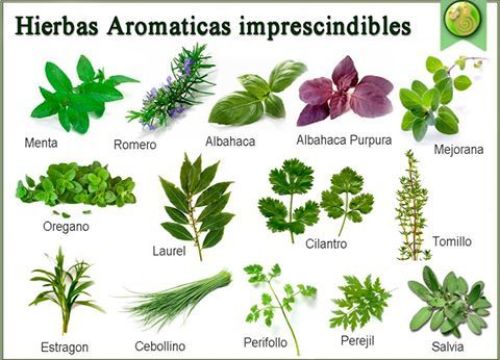
The aromatic plants for the garden that are most cultivated to ward off pests or attract beneficial insects are basil, lavender, mint or rosemary, but there are many others. You can see some examples of useful aromatic plants in the post “ Aromatic plants for the garden ”.
3. Flowers in the garden
Tagetes, nasturtiums or marigolds are some of them, but there are many others. The flowers in the garden will add a touch of color to the space and also, like the aromatic plants, they have many benefits for the development of the rest of the plants in the garden.
In the post about useful flowers in the garden we saw the advantages of having flowers next to the plants in the garden and what flowers to plant to attract beneficial insects or keep pests away.
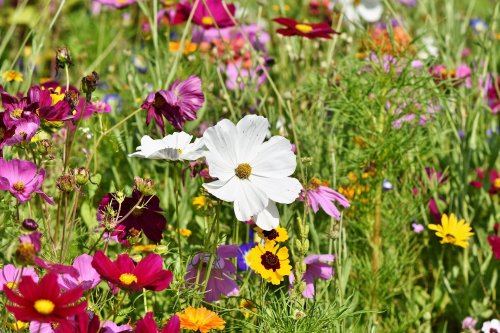
Flowering plants will not only serve to attract pollinators and improve the aesthetics of the garden, there are also several types of edible flowers with which you can decorate your dishes or make delicious salads.
4. Hedges and other beneficial plants for the garden
Hedges, in addition to delimiting the orchard or the different sections and giving a touch of style to our garden, help maintain biodiversity, act as a barrier to pests and can attract beneficial insects.
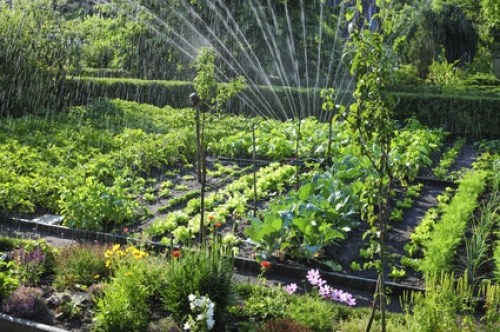
In addition, if you make hedges with bushes of wild fruits, such as blackberries or blueberries, you can make delicious jams or preserves with them, or have small freshly picked fruits to consume fresh.
There are other types of garden plants that, although they are not grown for food, can be very useful for the health of the garden, such as horsetail and nettle ( to make natural repellent preparations against pests and diseases), or sorrel and the calendula (which are used as a «trap» plant to attract aphids and then be able to capture them and eliminate the plague.
If you want to know more about hedges in the garden and their benefits, I leave you this link to a post I wrote about it.
5. Plants for green manures
In this case, the plants are grown not for us to eat but to serve as «food» or fertilizer for other plants in the garden. Small, fast and easy-growing plants with a high nutrient content are usually cultivated as green manures, such as clovers, alfalfa, mustard… Legumes, grasses or cruciferous plants are usually the most used green manures to plant in the garden and serve as fertilizer for others. horticultural plants.

In addition to being a cheap way to fertilize, green manures also have other benefits such as weed control or the conservation of soil moisture and temperature. In the post « 3 Interesting Green Manures for the Orchard and Fruit Trees « we saw some examples of this type of plants.
I hope that this guide or summary on the plants that can be grown in the garden has been useful to you. If you liked it, you can rate it with the stars, share it on social networks or leave your comments or contributions on the subject in the comments below. Until next time!
References
- Brechelt, A., 2004. Ecological soil management. Agriculture and Environment Foundation (FAMA), Dominican Republic.
- Sauca Ibiricu, E. & Urabayen Aróstegui, D., 2005. Crop Rotations and Associations. Monographs Ekonekazaritza. Council of Agriculture and Organic Food of Euskadi (ENEEK). Biscay, Spain.
- Flórez-Serrano, J., 2009. Ecological Agriculture: Manual and didactic guide. Ed. Mundi-Press.
- Yong, A. & Leyva, A., 2010. Floristic biodiversity in agricultural systems. Tropical Crops, vol. 31, no. 4, p. 5-11. National Institute of Agricultural Sciences. Havana Cuba.

![Photo of Indoor Plant Care: [Soil, Humidity, Pruning and Problems]](https://www.complete-gardening.com/wp-content/uploads/2022/08/indoor-plant-care-soil-humidity-pruning-and-problems-390x220.jpg)
![Photo of Orange Flowers: [Examples, Care, Characteristics and Meaning]](https://www.complete-gardening.com/wp-content/uploads/2022/08/orange-flowers-examples-care-characteristics-and-meaning-390x220.jpg)
![Photo of The Aralia: [Characteristics, Planting, Care, Irrigation and Substrate]](https://www.complete-gardening.com/wp-content/uploads/2022/08/the-aralia-characteristics-planting-care-irrigation-and-substrate-390x220.jpg)
![Photo of [13 Steps] to Grow Tomatoes: Everything You Need to Know](https://www.complete-gardening.com/wp-content/uploads/2022/08/13-steps-to-grow-tomatoes-everything-you-need-to-know-390x220.jpg)